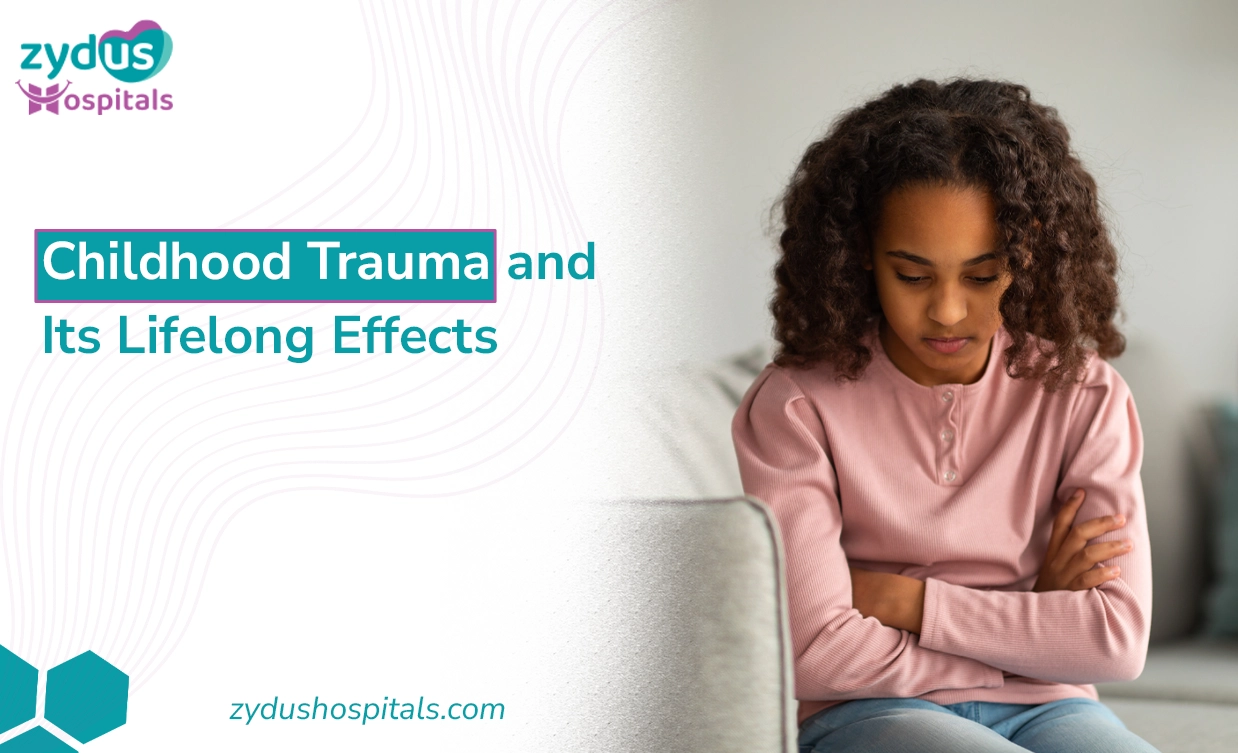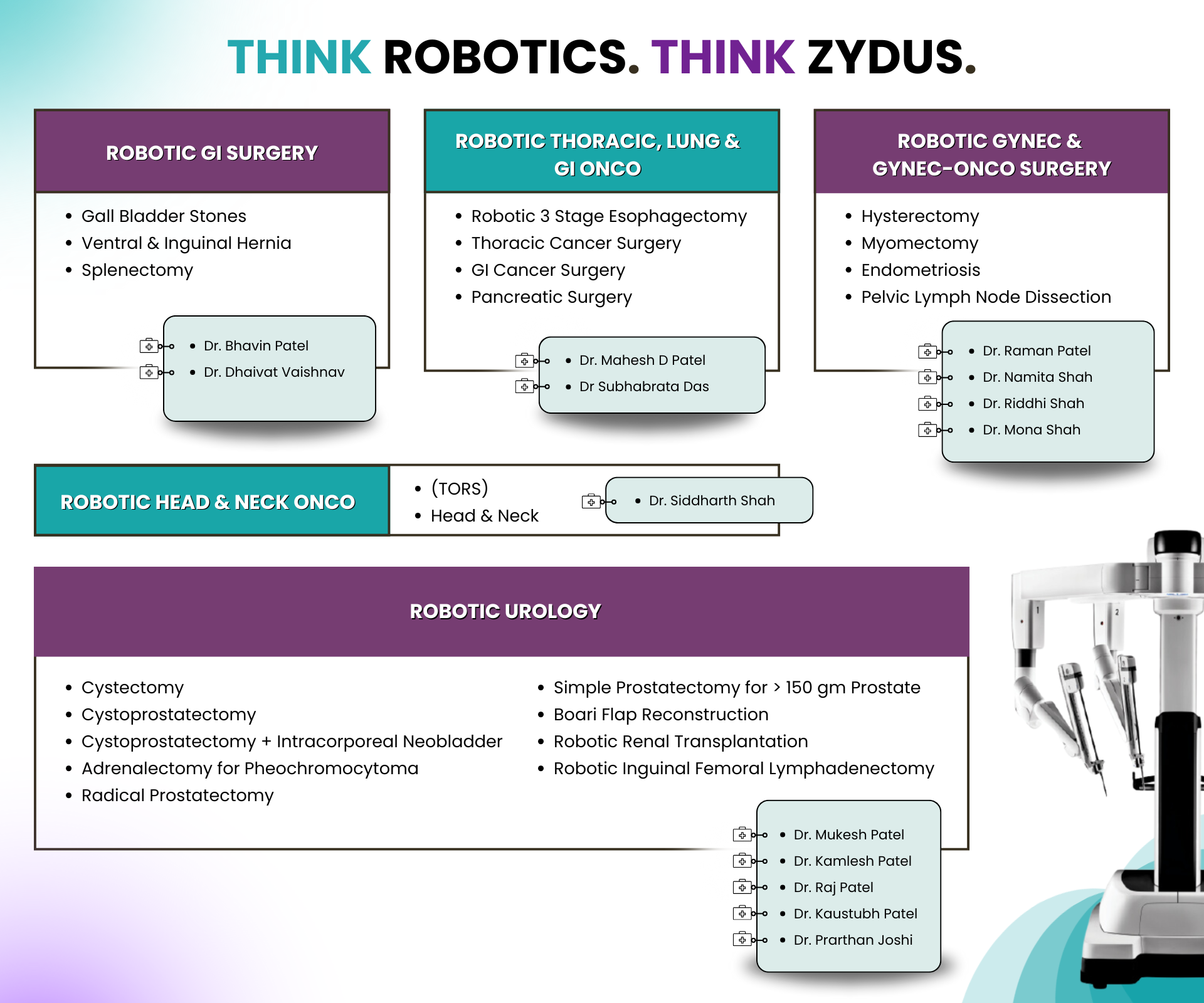Childhood Trauma and Its Lifelong Effects
Childhood trauma isn't just a "bad memory". It could be a health threat to you.
Experiencing or witnessing any distressing or life-threatening events as a child is childhood trauma. This includes any advert events that make the child feel the following: Distressed, insecure, or mentally exhausted.
Such experience needs to happen not only to the child but also to someone who is very close to them. And the worst part? The mind remembers even when we try to forget. These early wounds mess with mental health, body chemistry, and even future relationships, making long-term trauma impacts very real and very personal. This article talks about the effects & and the healing techniques of Childhood Trauma.
What is Childhood Trauma & How Does It Affect
A statistic revealed that nearly 60% of children, or about 400 million kids under the age of 5, experience physical or emotional harm from their parents or caregivers on a regular basis.
The impact of emotional trauma in children affects both their body and their minds. Traumatic experiences trigger a surge of stress hormones that put the body into survival mode. When this response becomes chronic, it can lead to serious long-term trauma impacts. People with a history of adverse childhood experiences are at significantly higher risk of developing:
- Heart disease
- Diabetes
- Cancer
- Stroke
- Obesity
- Addiction
These physical outcomes reflect how deeply mental health and trauma are connected, and why early intervention and support are critical for healing from childhood trauma.
Causes of Childhood Trauma
Childhood trauma can result from a variety of deeply distressing or harmful experiences, including:
- The experience of abuse, whether physical, emotional, or sexual
- Distressing from neglect, where basic emotional or physical needs are not met
- The sudden or violent death of someone close, such as a family member
- Being exposed to natural disasters, like earthquakes or hurricanes
- Living through mass violence, such as terrorist attacks or school shootings
- Being involved in or witnessing serious accidents or severe illness
- Facing the harsh realities of war, including displacement and conflict
- Dealing with challenges tied to military family life, like a parent being deployed or injured
- Being subjected to sexual exploitation, especially in commercial or coerced situations
Factors That Influence the Impact of Childhood Trauma
Learning about how childhood trauma unfolds requires looking at several key factors that shape a child’s experience and healing process. The way a traumatic event is processed can deeply affect long-term emotional, psychological, and physical health.
1. Severity of the Trauma
The intensity of the traumatic event decides the long-term trauma impacts. A child who experiences serious physical harm, a life-threatening situation, or the death of a loved one may develop deeper emotional wounds. The younger the child and the more disruptive the event, the greater the risk of mental health and trauma issues later in life.
2. Proximity to the Event
The closeness of the trauma can influence how strongly it’s felt. Whether the child was a direct victim, a witness, or heard about it secondhand, it matters. The more personal and immediate the experience, the more intense the emotional trauma in children tends to be.
3. Caregiver Response
A supportive, attentive caregiver can significantly buffer the effects of abuse in childhood. Children who feel seen and validated by their parents are better equipped to process traumatic events. In contrast, emotional neglect or lack of support can magnify trauma and contribute to chronic stress and anxiety.
4. History of Previous Trauma
Trauma is cumulative. Children with a background of unresolved trauma, such as domestic violence, neglect, or past abuse, are more vulnerable to future emotional and psychological damage. Repeated exposure increases the complexity of healing from childhood trauma and can intensify its effects.
5. Community and Cultural Support
Social identity includes race, ethnicity, and socioeconomic background. This can affect how a child’s trauma is recognized and supported. A strong, affirming community can reduce the negative outcomes, while discrimination or lack of resources can worsen the situation. This dynamic plays a major role in shaping both mental health and trauma outcomes over time.
The Signs of an Adverse Childhood Experience
A child will have a few signs of trauma after he/she met with an adverse childhood experience.
- Fear of other people & Bedwetting
- Mood shifts and less affection towards family
- Ignored events that are similar to the traumatic experience they had
- Nightmares and can’t sleep peacefully
- Avoiding situations or events that relate to a traumatic experience
These signs won’t be visible immediately after a traumatic experience. In a few cases, a trigger might not be immediately present after a traumatic event. They usually develop after the child has time to process the experience. In certain cases, a trigger, which is something that reminds a person of a specific event, can cause a child to react.
How Childhood Trauma Shows Up in Adulthood
Adverse childhood experiences (ACEs) don’t end in childhood. The long-term trauma impacts often extend well into adulthood, affecting both physical and mental health, relationships, and overall quality of life.
Mental Health and Trauma in Adults
Unresolved emotional trauma in children can lead to mental health conditions later in life, including:
- Anxiety
- Depression
- PTSD
- Phobias
- Insomnia
- Mood disorders
- Substance use disorder
- Eating disorders
Physical Health Effects of Childhood Trauma
The effects of abuse in childhood can contribute to chronic conditions like:
- Heart disease
- High blood pressure
- Cancer
Chronic stress damages the body on a cellular level and can reduce life expectancy by up to 20 years.
Behavioral Signs of Past Trauma
Adults with a history of childhood trauma effects may be more likely to:
- Use tobacco or other harmful substances
- Misuse prescription drugs
- Engage in risky sexual behavior
- Attempt suicide or self-harm
Recognizing these patterns is key to healing from childhood trauma and building healthier habits in adulthood.
Can Childhood Trauma Cause Permanent Damage?
Yes, childhood trauma can cause permanent damage- its effects don’t disappear with age. Research shows that adults who’ve experienced emotional trauma in childhood often face long-term trauma impacts, such as:
- Low self-esteem
- Chronic anxiety and depression
- Increased risk of substance use disorders
- Difficulty forming healthy relationships
These experiences are closely tied to the mental health and trauma challenges many adults face, and often stem from adverse childhood experiences (ACEs).
Healing from the Long-Term Effects of Childhood Trauma
Recovery takes time, intention, and support. While the effects of abuse in childhood can be long-lasting, healing is possible.
1. Recognize the Trauma
The first step to healing from childhood trauma is acknowledging that it happened and understanding how it shaped your life. Tools like trauma-informed therapy and guided reflection worksheets can help.
2. Be Kind to Yourself
Self-blame is common, but misplaced. Replacing guilt with compassion can support your emotional recovery. Treat yourself with the same patience and kindness you’d offer a loved one.
3. Seek Support
Isolation may feel safer, but connection is key. Reaching out to trusted people—and mental health professionals- can help rebuild emotional safety and resilience.
The Ending Note
The effects of abuse in childhood don’t vanish with age; they echo loudly into adulthood, hiding in anxiety, self-doubt, and chronic health issues.
But here’s the real talk: healing from childhood trauma is possible. With awareness, support, and the right mental health tools, you can break free.
At Zydus Hospital, we stand with you on the path to recovery, offering advanced healthcare solutions designed to support your physical and mental well-being. Your journey to healing starts now, and we’re here to help every step of the way.





